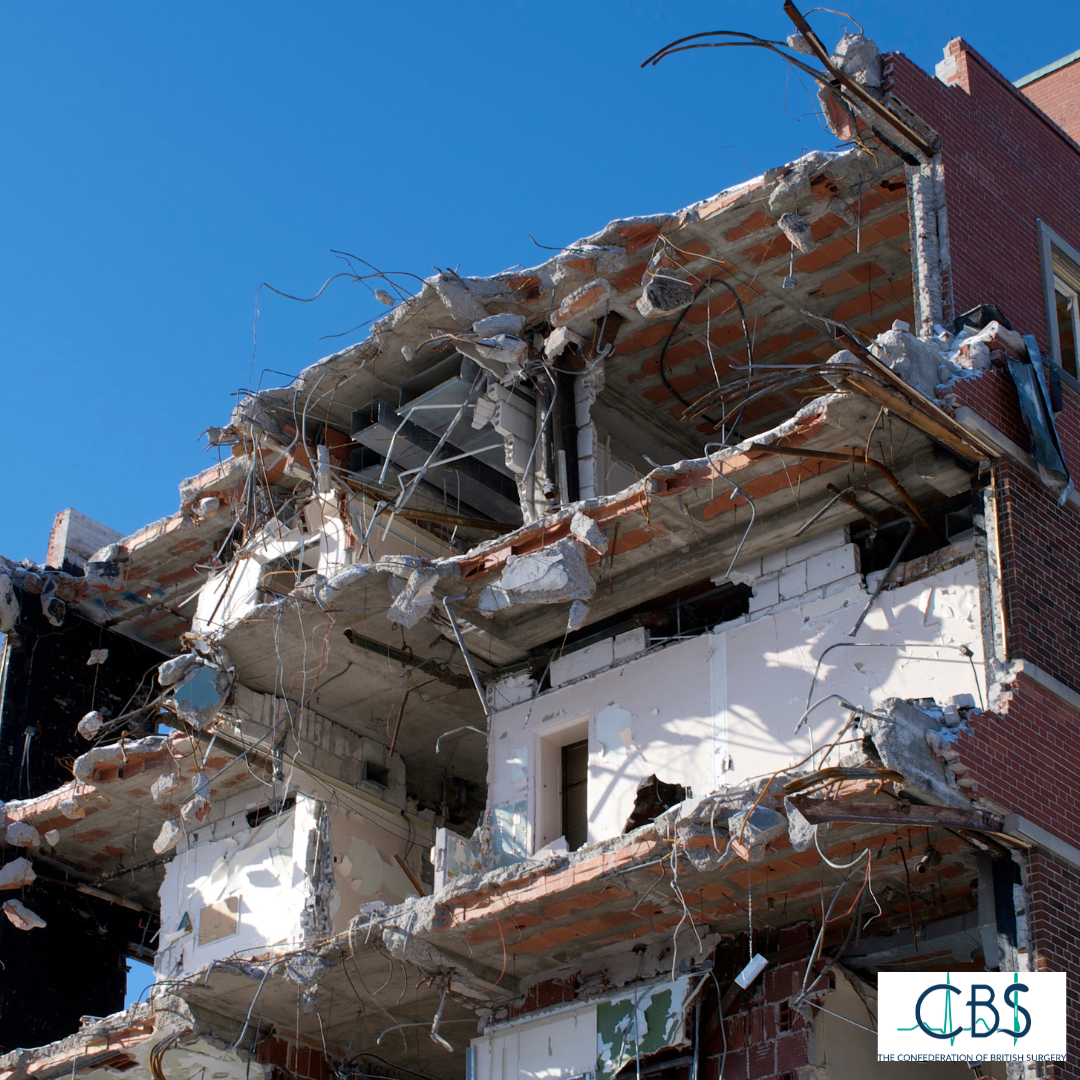- Home
- News
- Beyond the Frontline: How War Shapes Surgery
Beyond the Frontline: How War Shapes Surgery
09 September 2025
![]()
 McIndoe and Gillies are widely recognised as innovators of wartime plastic surgery, with many of their techniques forming a foundation for its modern practice. Yet, whilst it is true that wartime shaped, and continues to shape, the discipline of plastic surgery, this is also true for other specialties, from orthopaedics to vascular and beyond.
McIndoe and Gillies are widely recognised as innovators of wartime plastic surgery, with many of their techniques forming a foundation for its modern practice. Yet, whilst it is true that wartime shaped, and continues to shape, the discipline of plastic surgery, this is also true for other specialties, from orthopaedics to vascular and beyond.
Necessity accelerates innovation, and it is a sad truth that mass casualties, high-pressure environments and depleted supplies lead the way in innovating new procedures and processes, many of which are eventually adopted for use in non-combat environments, improving care for civilians worldwide. For example, Walter B. Cannon’s findings on the treatment of traumatic shock ‘remain indispensable to effective patient care’, even to this day.[1]
But just as wartime drives innovation in surgery, it comes at a cost, placing an extraordinary amount of pressure on the very surgeons responsible for adapting and innovating (through necessity). Just as surgery must adapt to crises, we must prepare surgeons themselves, ensuring they can be resilient, and are supported, through the intense pressures these environments bring and beyond.
Preparing for this hidden toll is as important as the logistical planning — if the workforce breaks, how then is the care to continue? It is not simply about being competent and able to deal with the types of wounds and trauma that are often specific to wartime — such as severe limb injuries, amputations, facial injuries, complex fracture management, abdominal trauma, high-velocity injuries, and injuries to children and vulnerable people, nor is it simply about the delivery of care under extreme conditions: disrupted supply chains, austere conditions, and a compromised infrastructure. It is about ensuring that surgeons are supported robustly and given the psychological support and professional tools they need to return to their day jobs after delivering care in war zones. It is far too simplistic to imagine that returning home to ‘normal’ surgery would be a relief. Far from it — the surgeon may be dealing with their own trauma and perhaps difficulties in shifting from their experiences in a crisis zone back to day-to-day clinical care, often without the time, space, or tangible support mechanisms required. And unsurprisingly, studies show that working in war zones does affect the mental health of healthcare workers (HCWs).[2]
Consultant plastic surgeon and CBS Board member Philippa Jackson says:
“We often talk about clinical preparedness in terms of surgical technique, triage, or logistics, but emotional preparedness is just as vital. Surgeons working in these environments face relentless decision-making under pressure, often involving vulnerable civilians, and they carry those experiences home. The psychological fallout may not show immediately, but without proper support, it can have lasting effects, not only on the surgeon but on their ability to continue delivering care when home.”
Resilience at an individual level is, of course, crucial. But we must not assume, as we often do, that surgeons are naturally resilient and more able to deal with trauma than everyone else. To do so would ignore everything we know about stress and the cumulative toll it can have on a person’s wellbeing. Without support structures in place, we risk isolating those we need the most.
CBS offers all its members a 24/7 counselling helpline, with qualified counsellors who can provide a pathway to structured therapy sessions. Members also have access to wellbeing and health support, including medical information from qualified nurses.
Read other news articles